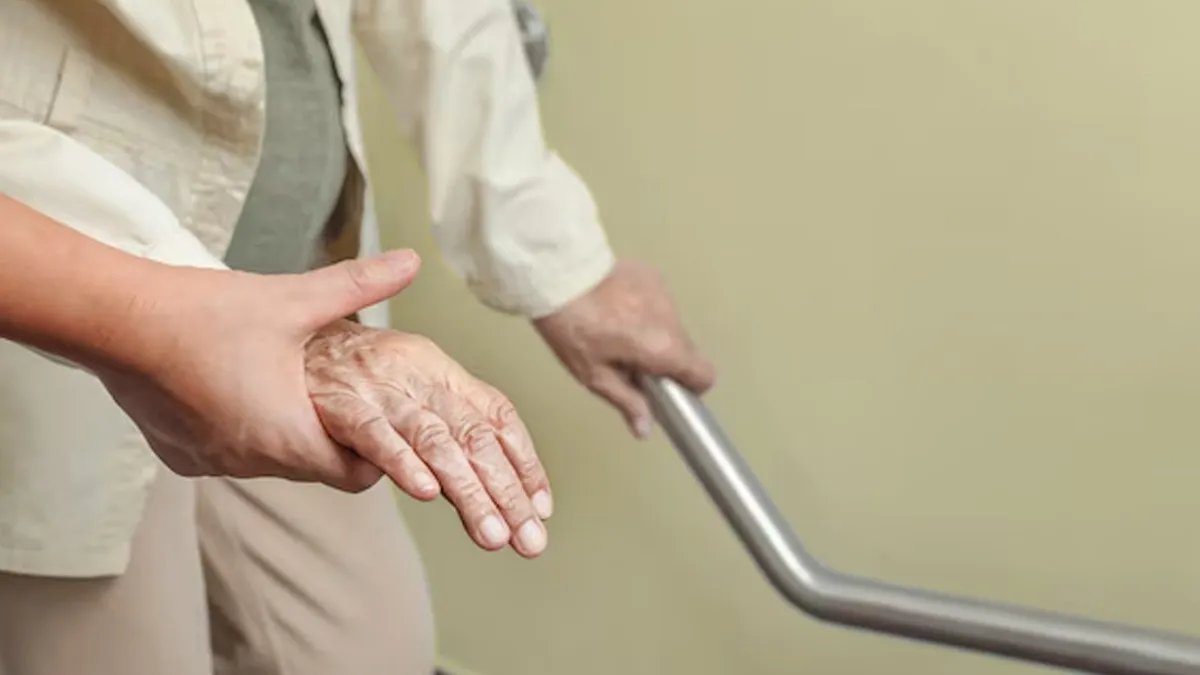
Michael J. Fox’s journey with Parkinson’s disease has been an inspiration to many. Diagnosed back in 1991 at the age of 29, Fox has openly shared his struggles living with this progressive neurological disorder. Parkinson’s disease affects movement due to the loss of dopamine-producing brain cells, leading to symptoms like tremors, stiffness, and impaired coordination. Now 65, Fox recently revealed new challenges, including increased mobility difficulties, showing the reality of living day-to-day with Parkinson’s.
Table of Content:-
Michael J Fox On The Physical Challenges![michael j fox parkinson disease michael j fox parkinson disease]()
In a recent interview, Fox opened up about his physical struggles. “I keep getting new challenges physically, and I get through it,” he said. He revealed, “I roll around in a wheelchair a lot, and it took some getting used to.” Yet despite the hurdles, he embraces life’s positives: “You take the good, and you seize it.”
Fox remains active, having appeared in the third season of Apple TV+’s Shrinking, and continues to raise awareness through the Michael J. Fox Foundation. His attitude reflects a blend of resilience and realism, seeing Parkinson’s as part of his identity while focusing on research to find better treatments.
ALSO READ: Diane Keaton Had Skin Cancer and Bulimia Before Her Sudden Death: Exploring The Medical Conditions
Understanding Parkinson’s Disease![]()
Parkinson’s disease is a long-term disorder that causes the brain to progressively lose its ability to control movement. In one of our previous articles, Dr Aakash Agarwal, Consultant Neurologist, Manipal Hospital, Bhubaneswar, explains how the disease requires more than just medication for effective management. “Medications form the cornerstone of Parkinson’s disease treatment, but complementary therapies must be evidence-led. Each intervention must thus be weighed against its safety, efficacy, and appropriateness,” he shared.
Core Components of Effective Parkinson’s Care
Dr Aakash Agarwal shared a few insights and recommended therapies that may help.
- Exercise: Improves mobility and balance. Tai chi, for example, is shown to enhance functional mobility.
- Nutrition: Diets rich in antioxidants, omega-3 fatty acids, and fibre (like the Mediterranean diet) support brain function and may slow symptoms.
- Sleep and Stress Management: Treating sleep disorders and using mind-body practices reduce anxiety and improve mental health.
- Social and Creative Therapies: Maintaining social connections and engaging in activities like yoga and meditation improve emotional well-being.
- Medications remain the cornerstone of treatment, focusing on replenishing dopamine to relieve tremors, stiffness, and slow movement. Advanced cases may benefit from options like Deep Brain Stimulation.
Dr Agarwal adds, “With proper caution, integrative approaches can significantly improve the quality of life of people with Parkinson's disease, offering a more holistic, empowering style of care.”
The World Health Organization (WHO)highlights Parkinson’s disease as a growing challenge worldwide. The progressive loss of motor function affects millions, especially in ageing populations. WHO emphasises timely diagnosis, multidisciplinary care, and lifestyle interventions to slow progression and enhance life quality.
How to Support Someone with Advanced Parkinson’s![]()
When someone’s symptoms reach a stage where mobility is highly restricted, support and adaptation become critical. Key supportive approaches include:
- Using assistive devices (wheelchairs, walkers) for safer movement
- Home modifications: ramps, grab bars, widened doorways
- Physical therapy to maintain joint flexibility and prevent stiffness
- Occupational therapy for daily tasks (eating, dressing)
- Ongoing emotional support and counselling to manage non-motor symptoms (depression, anxiety)
- Adequate medication management and regular neurologist follow-ups
While Fox’s quote about rolling in a wheelchair may be striking, it reveals that many with Parkinson’s eventually may need these adjustments. His openness helps shine light on the real challenges and the care options available.
ALSO READ: Eminem’s Daughter Alaina Marie Scott Announces Pregnancy: Rapper Set to Become Grandfather at 52
Conclusion
Michael J. Fox’s experience with Parkinson’s disease highlights the ongoing battles faced by many with this condition. His courage, combined with advances in integrative care, medication, and supportive therapies, offers hope.
How we keep this article up to date:
We work with experts and keep a close eye on the latest in health and wellness. Whenever there is a new research or helpful information, we update our articles with accurate and useful advice.
Current Version
Oct 14, 2025 14:12 IST
Published By : Vivek Kumar


